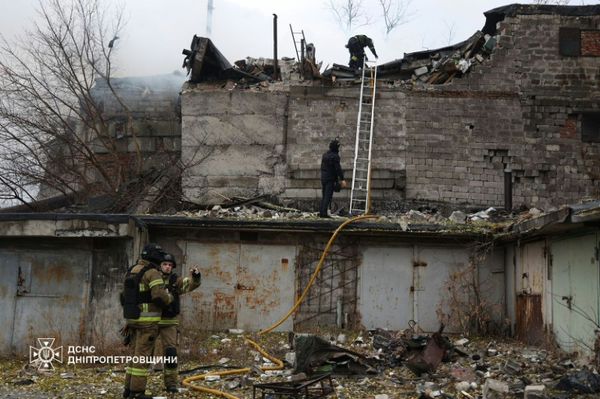
Almost one-in-five "forever chemicals" have yet to be assessed by the federal government's industrial chemical regulator, an inquiry has been told.
A parliamentary inquiry into the use of per and polyfluoroalkyl substances, known as PFAS, was held on Wednesday, as calls grow for more transparency from the companies that use them.
The Australian Industrial Chemicals Introduction Scheme told the inquiry 423 of the 522 PFAS chemicals in its inventory, or 81 per cent, had been assessed.
However, scheme executive director Graeme Barden said assessments had not been carried out on the other 99 chemicals.
"If two chemicals were equally concerning from a toxicity perspective, and one is in use in Australia and one is not, we'll focus on the one that is," he told the inquiry on Wednesday.
"Those mechanisms they're ongoing, and indeed, we have some PFAS chemicals that are going through that prioritisation process at the moment."

The scheme does not have a specific deadline for when all of the chemicals in its inventory, which includes non-PFAS substances, would be assessed, but Mr Barden said it was hoped to be completed by the end of the decade.
Thousands of PFAS chemicals have been created, with uses ranging from firefighting foam to non-stick cookware.
While studies into their use continue, concerns have been raised about potential health risks from exposure to PFAS chemicals, such as cancer.
There is limited evidence of human disease or other clinically significant harm resulting from PFAS exposure.
Division head at the federal environment department Kate Lynch said PFAS chemicals were used in a wide range of areas.
"PFAS use through the economy is pretty broadly spread at the moment," she told the inquiry.
"In terms of difficulty in ceasing their use ... different PFAS are used in different contexts for a wide range of different products that are sold in Australia.
"It's important to acknowledge that they're prevalent in the environment at the moment."

CSIRO executive director Peter Mayfield said it was not as simple as replacing PFAS chemicals with other substances.
"There has been a move away and that's going to continue, the idea is substitution and removal," he said.
"The real challenge area is don't put something in its place that's worse. I think we need to make sure of that."
UNSW Sydney professor Denis O'Carroll said the use of PFAS in the environment was pervasive.
He told the inquiry that companies which produce the chemicals should be more transparent about what is included in the substances.
"There's more PFAS out there that potentially we should be concerned about," he said.
"It would be useful ... to the scientific community if (companies) were compelled to provide information collaboratively with us.
"It really would help us get a sense of the environmental burden and the human health burden of PFAS out there."







